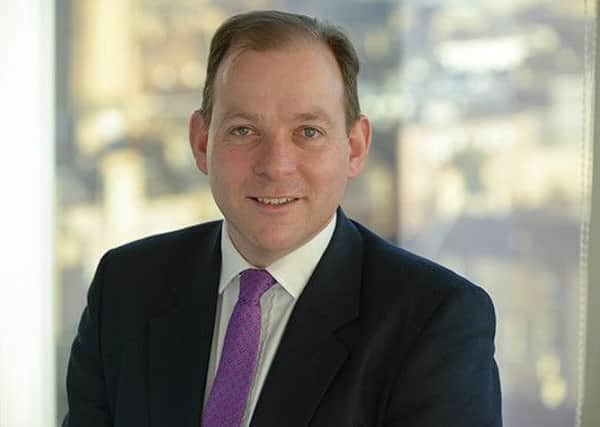The goal of football clubs should be to reduce fees paid to agents


The answer is, by living within their means. The club’s highest transfer ever – fees in and out – dates back to the 1990s when the £1.75m received for Eoin Jess broke the club record. And while the recent form of Scott McKenna suggests the record incoming fee may be broken in the near future, the £1m paid for Paul Bernard is a record which is likely to remain in place for some considerable time.
The situation in England is, of course, different. Vast sums of money have become available to teams at all levels and as a consequence the sums being paid and received by clubs are becoming more and more abstract.
Advertisement
Hide AdAdvertisement
Hide AdIt is easy to lose perspective of the amounts being spent. For instance, £52m paid by Manchester City for their reserve full-back Benjamin Mendy is more than the entire estimated construction costs of Aberdeen’s new stadium.
Everton’s transfer-record breaking £45m midfielder Gylfi Sigurddsson plays in a stadium where the stands are long past their best and the poorly designed roof restricts fans’ view. Despite this, supporters seem pleased with their transfer business and more concerned about what is happening on the pitch than the structure surrounding it. However, while fans may be delighted to see their clubs bringing in players with large price tags, the rise in agents’ fees is met with a less positive reception. The £24m paid to agent Mino Raiola for his work behind Paul Pogba’s move to Manchester United and the £15m fee commanded by Alexis Sanchez’s agent Fernando Felicevich have forced supporters to consider why clubs pay these high fees and how agents are regulated.
The answer to the first question is straightforward; the market sets the rate. To develop their careers, and salaries, players require agents with in-depth market knowledge and strong negotiation skills. Thus, players and agents’ fees often go hand in hand – if a club will not pay the fee demanded by the agent, the transfer will often not complete. Such fees are now viewed as simply a cost of the transfer and clubs budget accordingly when looking to acquire new players.
The second question has become clearer after amendments by FIFA to regulations concerning agents, termed “intermediaries” by the governing body, in 2014. These regulations do make reference to agents’ fees but do nothing to set any cap on these payments or prevent clubs paying hugely inflated sums. What they do set out is a series of “benchmarks” which players and clubs “may adopt”. With such vague terminology, it is not surprising agent fees continue to grow in line with the vast sums paid for the players they represent. Although UEFA have recently indicated their intentions to “shape policy change by potentially adding a cap on fees, introducing more transparency/accountability, and appropriate sanctions in case of infringement of the rules” there has been no suggestion as to when this may be implemented. Given FIFA suggestions in respect of agents’ fees appear to be just that, until any further regulations are implemented the prospect of agents being able to earn a significant proportion of the cost of Aberdeen FC’s new stadium for a few days’ work is likely to continue.
Simon Catto is head of dispute resolution for Addleshaw Goddard in Scotland